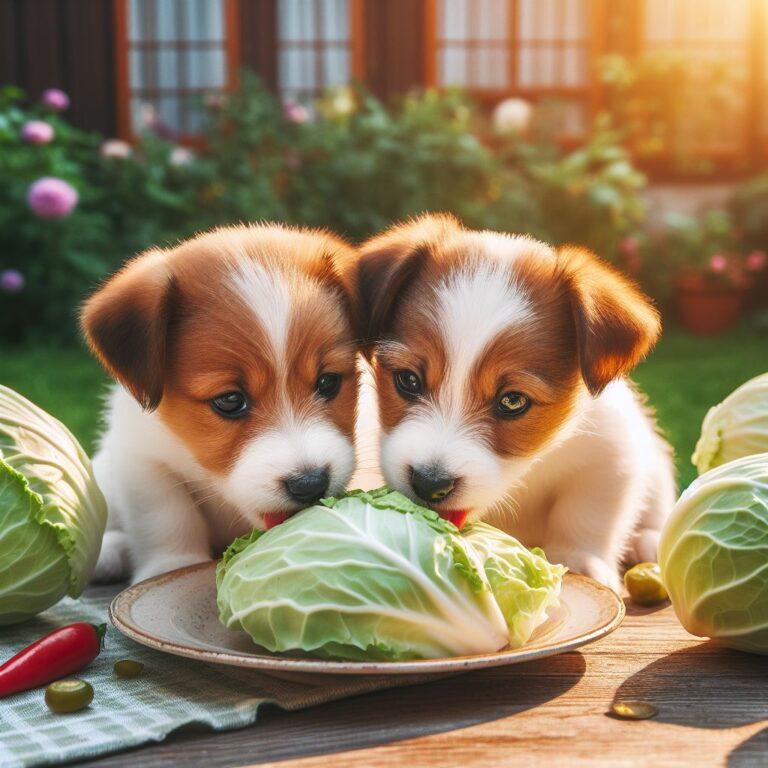Can Dogs Safely Eat Peas
Yes, dogs can indeed enjoy the goodness of peas as part of their diet. These tiny green vegetables are not only tasty but are also packed full of essential vitamins and minerals that can contribute to your dog’s overall well-being.
Today, we will dive into the various nutritional benefits of peas, address potential concerns, and provide detailed best practices for including peas in your dog’s cuisine.
From vitamins and minerals to safety considerations, let’s uncover the rich world of peas for your canine companion.
Nutritional Riches of Peas for Dogs
Peas are not just a mere side dish; they are a nutrient-rich vegetable that can offer a range of health benefits for your furry friend.
Bursting with vitamins, peas provide a substantial dose of vitamin A, essential for maintaining optimal vision and a healthy immune system. The presence of vitamin K supports blood clotting, contributing to your dog’s overall well-being.
Peas are also a good source of various B vitamins, including B1 (thiamine), B2 (riboflavin), B3 (niacin), and B6 (pyridoxine). These vitamins play crucial roles in energy metabolism, supporting everything from proper digestion to healthy skin and coat.
Mineral-wise, peas offer a mix of essential elements such as iron, zinc, and potassium. Iron is vital for oxygen transport in the blood, zinc contributes to immune function and wound healing, while potassium helps maintain proper heart and muscle function.
One standout feature of peas is their dietary fiber content. Fiber is a key player in promoting healthy digestion and regular bowel movements for dogs.
As a soluble fiber source, peas can aid in maintaining optimal gut health and preventing constipation. The natural sweetness and crunchiness of peas make them not only nutritious but also a delightful addition to your dog’s meals.
Concerns and Considerations
While peas bring a host of nutritional benefits, responsible pet ownership involves considering a few factors:
Avoid Seasonings: Ensure that peas are served plain without any added seasonings, salt, or butter. Dogs have a different tolerance for certain seasonings than humans, and some, like onions and garlic, are harmful to them.
Moderation is Essential: Like any treat or addition to your dog’s diet, moderation is key. Peas should complement their regular balanced diet and not constitute the majority of their meals. Excessive consumption can lead to digestive upset.
Frozen or Fresh: Both frozen and fresh peas are suitable for dogs. If opting for frozen peas, make sure to thaw them before offering them to your dog. Canned peas, however, may contain added salt, which is not recommended for dogs.
Best Practices for Offering Peas to Your Canine Friend
Introducing peas into your dog’s diet should be accompanied by best practices to ensure their safe and enjoyable consumption:
Serve Plain and Cooked: Offering plain and cooked peas is the best way to ensure your dog gets the nutritional benefits without potential risks. Cooking softens the peas, making them easier for your dog to digest.
Portion Control: Consider your dog’s size, breed, and dietary needs when determining the appropriate portion size. Peas should be a complement to their regular diet, not a substitute for essential nutrients.
Observe Digestive Response: Introduce peas gradually into your dog’s diet, and observe how they respond. If you notice any signs of digestive discomfort, such as diarrhea or bloating, adjust the quantity or consult with your veterinarian.
The small size and delightful flavor of peas make them an excellent option for dog treats or as a training aid.
The bite-sized nature of peas is perfect for training sessions, allowing you to reward your dog for good behavior without worrying about excessive calorie intake. It’s a healthy and low-calorie alternative to traditional treats.
Variety in Preparation
The versatility of peas extends to their preparation. You can offer your dog fresh peas for a satisfying crunch or opt for frozen peas that have been thawed.
Some dogs may prefer the softer texture of steamed peas. Regardless of the preparation method, ensure they are plain and free from any added seasonings.
So, the answer to whether dogs can safely eat peas is yes, and it comes with a bunch of good stuff for them. Peas are full of important vitamins, minerals, and fiber that can be a helpful addition to your dog’s food when you’re careful about it.
Remembering to give plain peas without any extra seasonings or spices, and keeping an eye on how much you give makes sure your dog gets the benefits without any problems.
It’s always recommended to talk to your vet before making big changes to what your dog eats, making sure it fits their unique health needs.
Next time you make peas for yourself, think about sharing a small, well-prepared bit with your furry friend. It adds a bit of variety and good nutrition to their meals.







